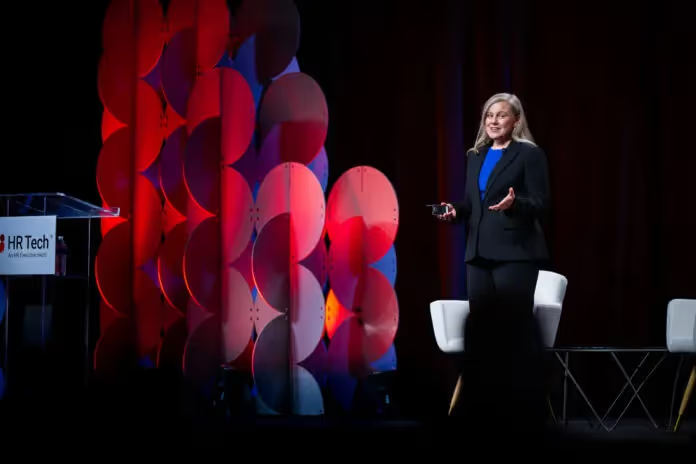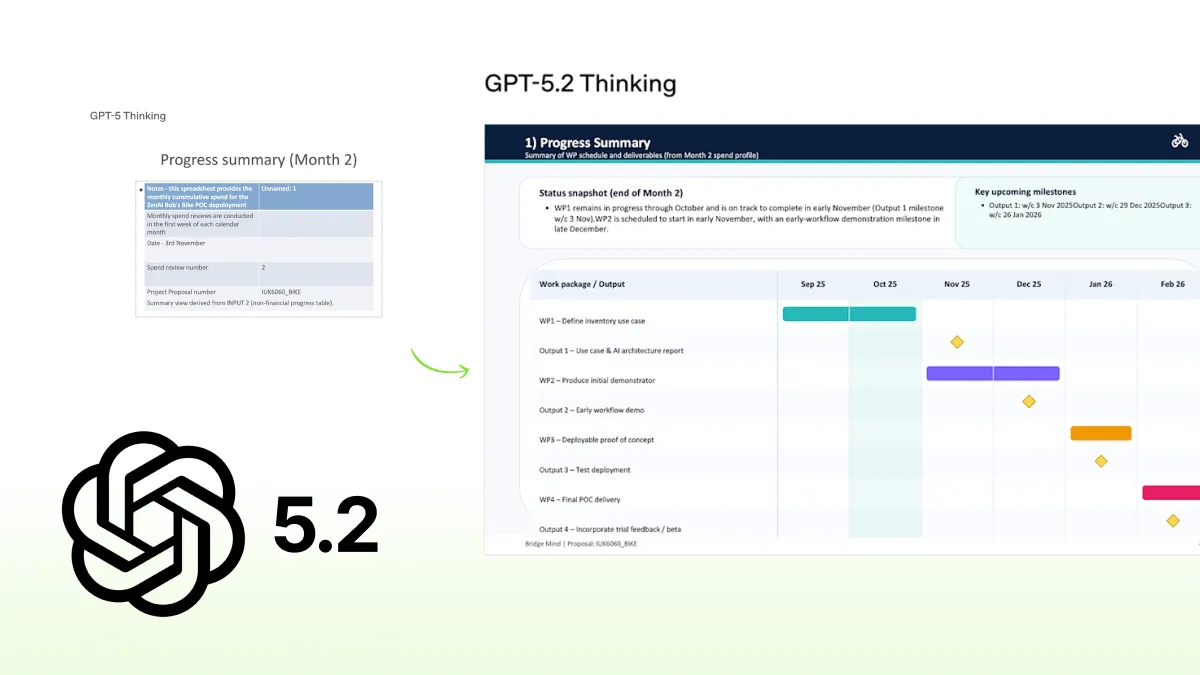
Introduction
If there is a single through-line from this year’s WSJ Technology Council conversations, it is this: AI payoffs come from operating models that force alignment, compress decision cycles, and turn “seeing is believing” into a repeatable muscle.
Here are the key case studies you need to know about.
Microsoft: Kaizen the Enterprise, Not Just the Model
Speaker: Carolina Dybeck Happe, EVP & COO, Microsoft
Microsoft’s internal AI transformation reads like a case study in disciplined change.
The playbook starts with people, process, and technology working together. Carolina brings leaders into three-day Kaizen workshops to secure cross-functional alignment before a single requirement is coded.
Leaders from sales, finance, operations, security, and product agree on the one problem everyone prioritizes and commit to sticking with it.
The work then goes to the real process.
In the quote-to-cash overhaul for the top 500 customers, a messy 230 steps shrank to 37 value-creating steps. AI agents then automated about 75 percent of those.
The outcome was faster onboarding, stronger security, higher quality, and freed capacity to transform the next process.
Microsoft productized the wins.
The commerce team’s AutoPR agents for high-volume security maintenance were published to an internal agent library, and 25 engineering teams adopted them.
Change management follows a traffic-light strategy: double down on early adopters, convert the cautious majority with proof, and avoid over-investing in active resistors. The mantra is to show results, not just talk about them.
📝 Lesson: Treat AI as an operational system. Alignment, process mapping, agentized automation, and internal reuse make transformation stick.
Duolingo: AI-First Means Building What Was Previously Impossible
Speaker: Severin Hacker, Co-founder & CTO, Duolingo
Duolingo’s AI-first memo in April 2024 was a product argument. The company asked: how can AI let us build what could not exist before? The analogy is a restaurant building a mobile app versus Uber being invented because smartphones existed. In Duolingo’s case, that breakthrough is a one-on-one tutor at scale.
The flagship example is Video Call with Lily, an AI conversation partner that finally works because the underlying models do.
Adoption has been strong. On the supply side, Duolingo launched more than 100 courses in a year, a feat that previously would have taken decades. The north star is teaching better and faster, not just adding AI everywhere.
Internally, adoption lagged until leadership solved the real constraint: time.
The company measured usage and instituted “AI Fridays” for exploration, plus targeted mandatory sessions.
Result: near-universal tool adoption across engineering. Speaking of measurement, Duolingo avoids vanity metrics. AI now writes 30% to 40% of code in some places, but coding is only about 20% of engineers' time. The company tracks outcomes such as experiment velocity and shipped impact.
📝 Lesson: AI-first is a product standard. Fund what was impossible before, create protected time to learn, and track real outcomes.
Moderna, TIAA, Microsoft: Org Design Is the Feature
Speakers: Tracy Franklin (Moderna), Sastry Durvasula (TIAA), Sophia Velastegui (Microsoft)
Across industries, AI is redrawing organizational models and changing the work inside them.
- Moderna merged HR and Technology to architect the flow of work. Work planning replaces siloed workforce and systems planning. With democratized AI access and robotics in manufacturing, roles continuously evolve. The goal is speed to patient and faster innovation. This week, Sophie Wade also highlighted Moderna as a leading case study of integration, noting that other organizations are beginning to follow this model.
- TIAA integrated Technology and Operations. The client experience and the operational engine sit in one organization, enabling end-to-end AI at scale. Fraud prevention for older adults, a two-billion-dollar annual loss problem, now benefits from unified front, middle, and back office teams.
- Microsoft centralized AI under the CTO, partnered tightly with the Chief People Officer, and embedded technology advocates in each business unit. After decades of AI work, the shift from software company to AI company required governance, infrastructure, and change fluency.
Work itself is changing unevenly. 80% of roles are changing by about 20%, while 20% of roles are changing by about 80%. Developers, marketers, and communicators lead the curve.
In regulated contexts, leaders move fast in low-risk zones, keep humans in the loop where stakes are high, and build a secure power grid of policy, privacy, and guardrails that can plug any model into controlled workflows. The cultural shift is to make experimentation the default state.
📝 Lesson: Structure determines speed. Merge where the work meets the customer. Build a shared grid of governance and infrastructure. Train for continuous change.
The Bottom Line
I've said it before, and I'll say it again: all our client work shows that AI transformation is a cultural and operating model challenge.
The leaders who succeed hard-wire alignment, ship visible wins quickly, and design organizations where product, operations, and people move as one system.
This week, try these five moves:
- Pick one process everyone agrees is painful and high-impact. Run a three-day workshop with all owners, map the real flow, and isolate the value-creating steps. (We can help you with this.)
- Assign a builder to the room. Commit to one agent that eliminates at least half of the non-value work.
- Publish the win. Document the agent and patterns in an internal library and recruit two other teams to reuse it.
- Protect learning time. Block half a day this Friday for hands-on AI exploration on real work.
- Measure outcomes. Choose one customer-visible metric, such as time-to-onboard, fraud catches, or experiment velocity, and report back in two weeks.










